Twerton Park: Bath City
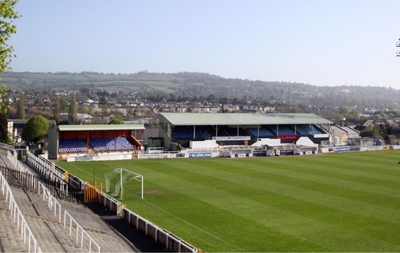
<a href="https://commons.wikimedia.org/wiki/File:Twerton_Park_in_2017.png">Joseph1891</a>, <a href="https://creativecommons.org/licenses/by-sa/4.0">CC BY-SA 4.0</a>, via Wikimedia Commons
As you might imagine with a name like ‘Twerton Park’, the stadium of Bath City Football Club is named after the surrounding area in which it is located. There are just over 1,000 seats available in the 8,840 capacity venue, which makes it one of the largest in the lower divisions. Where the football ground stands was originally just an actual park, boasting the name Innox Park and donated to the area by Thomas Carr as an area for people to enjoy recreational activity. The football ground came into being in 1932, which was when Bath City began playing there games there. As you can imagine, it has undergone some changes in the years since.
For their own part, Bath City was actually founded as Bath AFC in 1899, changing its name to its current moniker around six years later. Nicknamed the Romans, the club has spent most of its existence in the lower leagues of the English game. That isn’t to say that there has never been any success for the fans to get behind, however. As one of the best-supported clubs in the world of non-league football in an historical sense, the club has won the likes of the Somerset Cup and the Southern League on more than one occasion. There have been some notable former players who had played for Bath, including the likes of Bobby Zamora and Ian Black.
Stats
| Twerton Park Stats | |
|---|---|
| Year Opened | 1932 |
| Capacity | 8840 |
| Average Attendance | 1562 |
| Record Attendance | 18020 (Bath City v Brighton (09/01/1960)) |
| Pitch Size | 101 x 69 (6969) |
| Owner | Bath City |
| Clubs Hosted | Bath City, Bath City women, Bristol Rovers, Team Bath, Bristol City Women |
| First Fixture | Bath City v Bristol Rovers Reserves (27/08/1932) |
| Bath City Stats | |
|---|---|
| Year Founded | 1889 |
| Nickname | The Romans |
| Club Mascot | Bladud the Pig |
| Rivals | Yeovil Town, Weymouth |
| Previous Stadiums | North Parade Ground, Belvoir Castle, Lambridge |
| Kit | Black & White (Home) / Black & Orange (Away) |
| Shirt Sponsor | Stone King |
| Team Owner | Bath City Supporters' Society |
| Record Goalscorer | Charlie Fleming (216) |
| Record Appearances | Dave Mogg (515) |
Twerton Park Photos
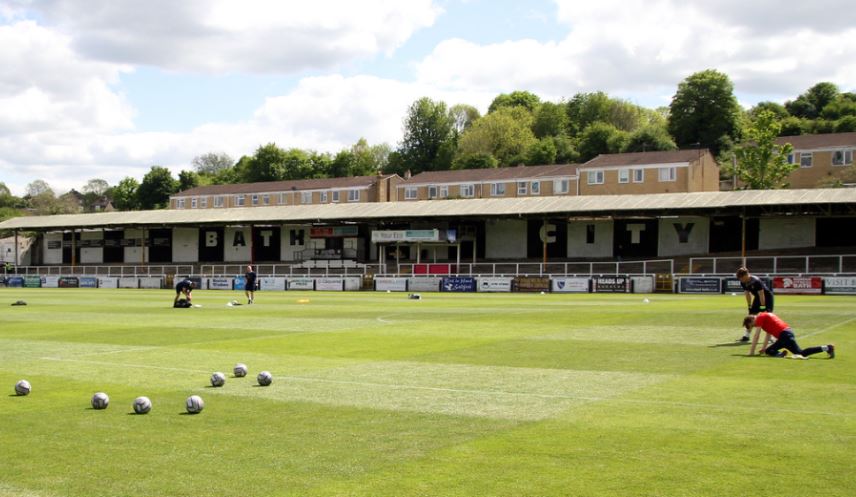
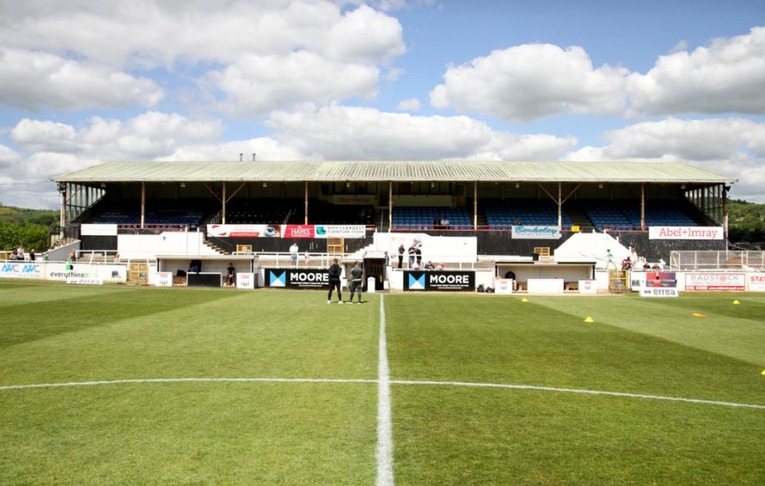
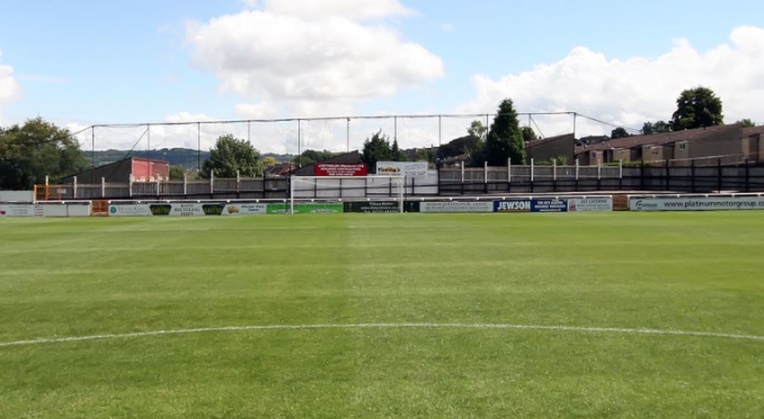
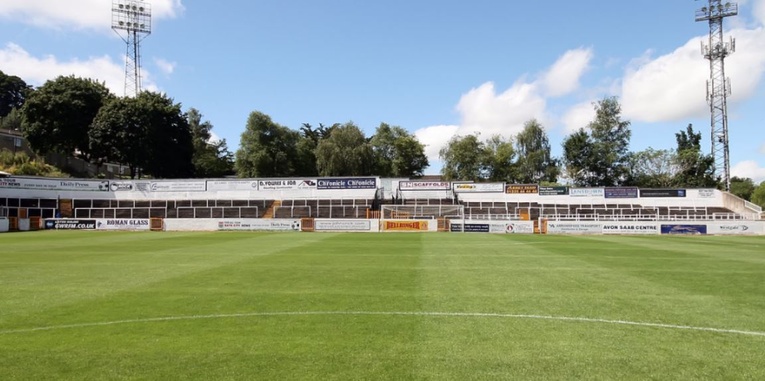
Twerton Park Seating Plan and Where to Sit
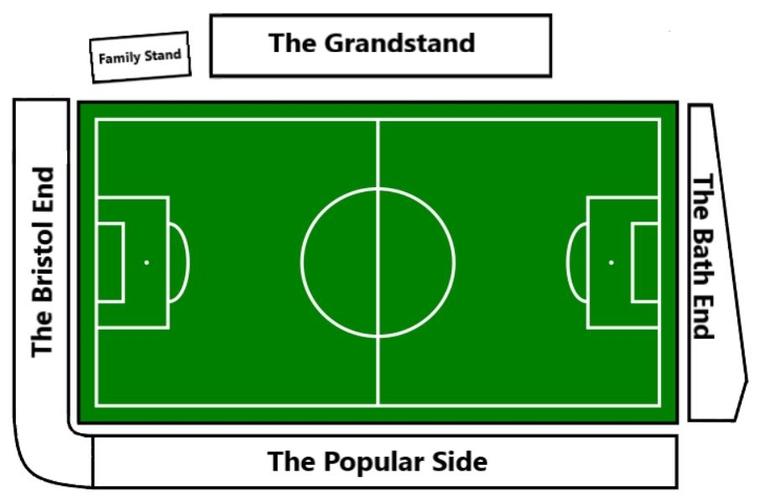
The capacity of Twerton Park is a little confusing, owing to the fact that there is a physical capacity, which is 8,840, and a reduced capacity, which is 3,528. Regardless, the nature of the stadium is such that there are five different areas that you can get a seat. The Grand Stand is the main area, as the name suggests, whilst the Popular Side is where you’ll find the most vociferous fans. The Bath End is behind one of the goals, with all of three of them being for home supporters. The Family Stand is a mixed area and is aimed at people with kids and younger supporters, whilst the Bristol End is where the away fans go.
Bath City Ticket Prices
In order to give you a sense of how much you’re likely to spend going to a Bath City match, here is a look at the ticket prices for the 2023-2024 campaign:
- Adult: £16
- Concession: £13
- Students / Under 18s: £8
- Under 16s: £3
You will save £1 on the ticket price by getting your ticket online ahead of the match, meaning they’re a tad more expensive if you buy them on the gate.
How To Get Bath City Tickets
As is the case with the majority of lower league sides, the best place to get tickets for Bath City matches is on the club’s excellent website. You can still look towards the gates if you’re a bit of a technophobe, however.
Where to Buy
Getting To Twerton Park
Train – Bath Spa Railway Station is where you’re going to want to head to if you’re getting the train to Bath, with the football ground being about ten minutes away in a car. It is more like 40 minutes on foot, so the likelihood is that you’ll want to get a taxi.
Bus – Public transport will always appeal to some, especially if you’ve got a bus pass. With that in mind, the Number 5 runs from the centre of bath out to near the stadium every 10 minutes or so.
Car – For anyone heading to Bath in a car, you’ll be looking for the M4 before exiting at either Junction 18 or Junction 19. The best thing to do is to get into the centre of Bath and then keep an eye out for the signs to the stadium. One thing to bear in mind is that Bath operates a Clean Air Zone, meaning certain cars will be charged for driving through the centre.
By Air – If you’re planning to come in from further afield in order to watch a Bath City match, the best thing to do is to fly into Bristol International Airport. You can then get a bus service straight into the centre of Bath.
Taxi – Taxis from the train station to the stadium will cost anywhere from £10 to £15 depending on how heavy the traffic is on a match day.
Parking Near Twerton Park
The car park at the ground itself has enough room for about 150 cars, operated on a first come, first served basis. You are probably better off looking for a parking area in the city centre, but if you want to park on the roads surrounding the ground then bear in mind that the usual parking restrictions will be in place.
Useful Resources
- Parking - Just Park
Pubs and Bars Near Twerton Park
Ludo Sports Bar & Kitchen
Belushi's Bath
The Canon
About Bath City
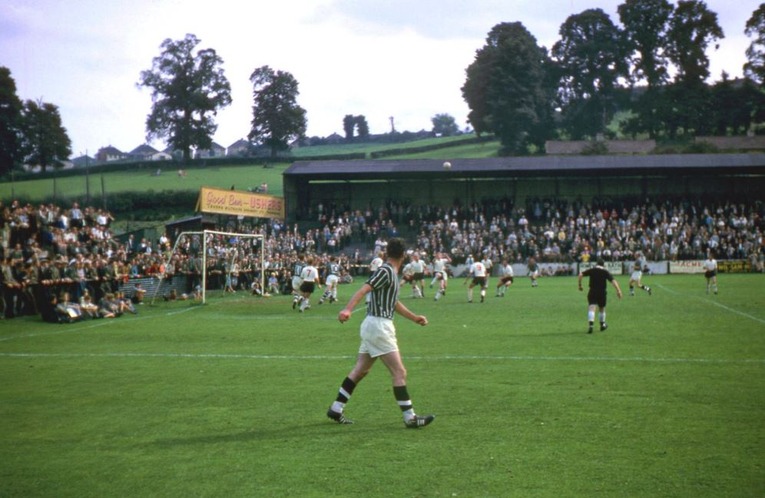
On the 19th of July 1889, Bath Association Football Club was founded by a group of men in the city’s Christopher Hotel. Games were played at the North Parade Ground in Bathwick, with the first recorded match being against Trowbridge Town on the tenth of October, with the score being a 4-9 thriller. Financial troubles during the early years meant that some felt it should be amalgamated with the local rugby club, but instead football stopped altogether for nine years. In 1900, the club was re-formed by members of the Bath Association Cricket Club, this time known as Bath City Football Club, which joined the Wiltshire Football League.
There was some jiggery pokery over the name, but it was officially named Bath City on the 26th of July 1905 and has been known by that moniker ever since. There have been numerous ‘eras’ at Bath City, such as the Ted Davies years between 1925 and 1958 and the Yoyo Years from 1958 until 1997. That later era gives you a sense of life at Bath City, with the club going up and down between the division. There was a decline between 1997 and 2017, including the club’s relegation out of the Football Conference. In 2017, former player Jerry Gill was appointed as the first team manager and some relative success followed.
Twerton Park History
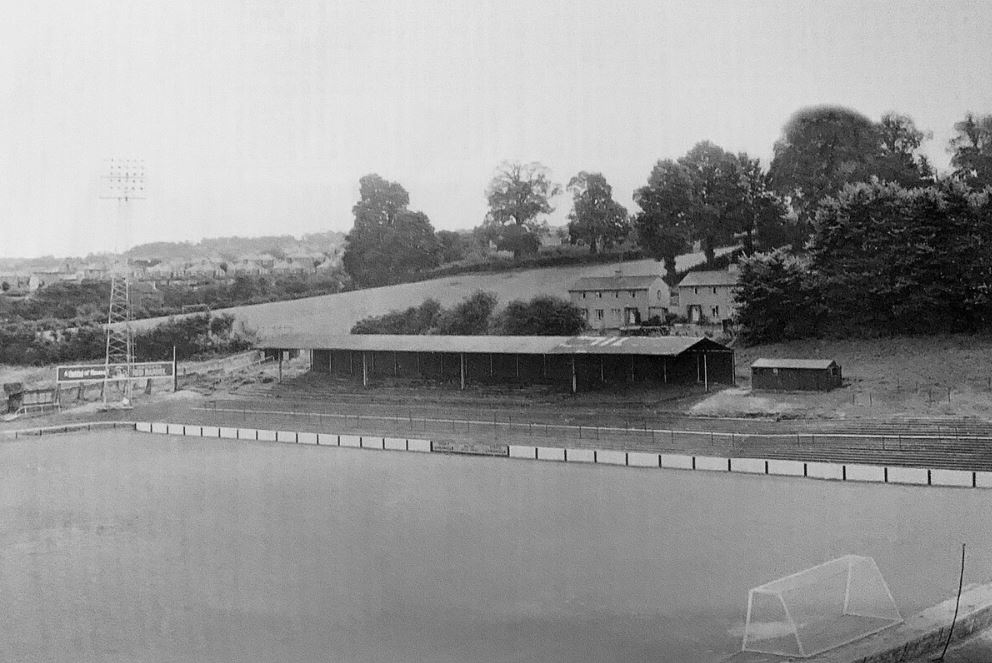
Innox Park was opened in 1909 as a place for people to go and enjoy some recreation. When Bath City needed somewhere new to play in 1932, however, the land was bought by Messers C Seargeant and work began building a football ground. The local press demanded a new name for the venue, with Twerton Park eventually decided upon. Work was slow going, with no dressing room, stands or even entrances in place as close as six weeks to the first fixture due to be played there. The Supporters Club worked hard in order to ensure that it was ready to go when needed, with the first game being played on the 27th of August.
As you can imagine, the ground has undergone numerous changes over the years, including plans in the 1940s to make it a 40,000 seater venue that would be ‘worthy of the city’. One of the biggest alterations came in 1967 when the pitch was moved 20 feet towards the Bristol End. Terraces and stands came and went, whilst the Taylor Report into the Hillsborough Disaster of 1989 saw even more changes come. It saw the capacity reduced from around 20,000 to closer to 9,000, with numerous different reasons why a given amount of supporters are allowed to be in the venue at any given time, with the stands welcoming varying numbers of people.
Future Developments
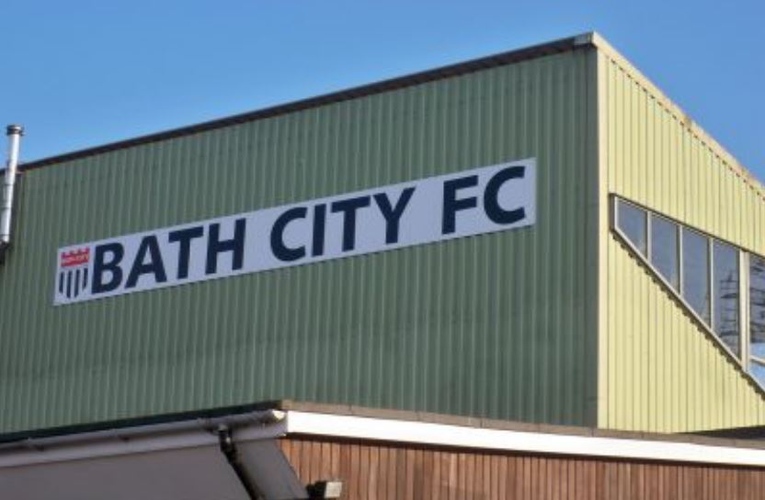
In October 2017, the club announced plans for the redevelopment of Twerton Park. There were numerous proposals put forward, with a number of Twerton-based businesses offering their support. In March of 2010, however, the plans were rejected by the council and it isn’t clear what the next stages are going to be.
